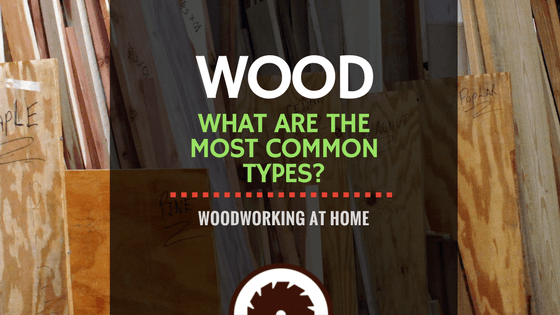
What Are the Most Common Types of Wood for Woodworking at Home?
A block of wood is to a woodworker what a canvas and palette are to a painter. Picking the right kind of wood for your home or DIY project can be a confusing task, especially if you are a beginner. That's why today, I decided to write an article about the most common types of wood for woodworking at home.
Not knowing the specific properties and characteristics of particular species of wood can result in a failed project, and potentially a pile of unusable firewood. Since many species of wood are pretty expensive, this is something you don’t want to happen on a regular basis. Let's begin by discussing the differences between hardwood and softwood.
Table of Content
Hardwood vs. Softwood
When it comes to picking wood for woodworking projects at home, the primary choice is between hardwood and softwood. Now, this may seem like a no-brainer if you are a rookie to the world of wood and carpentry. Surely, hardwood is hard, and softwood is soft, end of the story, right?
Actually, things are a bit more complicated than that. A particular species of wood is not called a hardwood based purely on its density, or if you want it, hardness.
Those that belong to the hardwood family do tend to be denser than their softwood counterparts, but that is not a hard and fast rule.
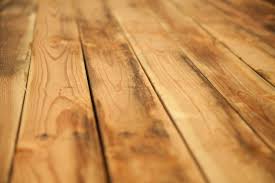
The actual scientific and taxonomic distinctions are rather complicated, and not really a necessity to learn if you want to do woodworking. Just for the sake of knowledge, keep in mind that woods are specified as hard or soft based on how their seeds are covered. Hardwood trees have a protective fleshy coating on their seeds (angiosperms), while softwood tree seeds are naked (gymnosperms).
But practically speaking, most popular types of hardwood trees like teak, oak, and mahogany are indeed harder, and heavier. They are darker, with a close thick grain and often excellent fire resistance. But there are also notably softer hardwoods, like Balsa, Willow, and Elm. But the primary woods are all generally very expensive and used for high-end furniture and other such woodworking projects.
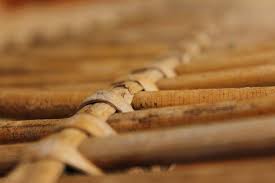


Softwood is lighter and much cheaper than hardwood. The most common types of softwood are the SPF: Spruce, Pine, and Fir.
They are all white-pale yellow colored, softer or less dense, and have poor fire resistance. But they are plentiful and cheap, thanks to a faster growth rate than hardwood species.
So they account for nearly 80% of all woodworking lumber used in housing and furniture. For beginners and amateur woodworkers not very familiar with the distinctions between hardwood and softwood, the nail test is the simplest way to identify a particular block of wood. Just run your fingernails across the piece of wood you need to determine. If it is a softwood, your nail will create a scratch or furrow in the wood. The deeper the furrow, the softer the wood.
Conversely, proper hardwood is impervious to damage in this way. Interestingly, commercial wood industry uses a similar method, called the Janka Test to gauge the hardness rating of a species of wood. The test involves measuring the force required to push a small steel ball halfway into a block of wood.
You can check out this informative YouTube video to learn more about identifying different types of wood:
The Different Types of Wood for Woodworking at Home for 2018
Pine
This is one of the cheapest and most widely available wood species for home woodworking. There are several varieties to choose from, depending on your location, like the sugar pine, yellow pine (southern and western), and white pine (eastern and western). Though hardness can vary between individual species, pine wood is generally very soft and easy to work with.
Some varieties like the southern yellow tend to have more sap, so they can be a bit difficult to work with. Other than that, pine tends to very mellow and easy to carve.
The color ranges from pale yellow to lighter shades of brown, though not too good at staining.
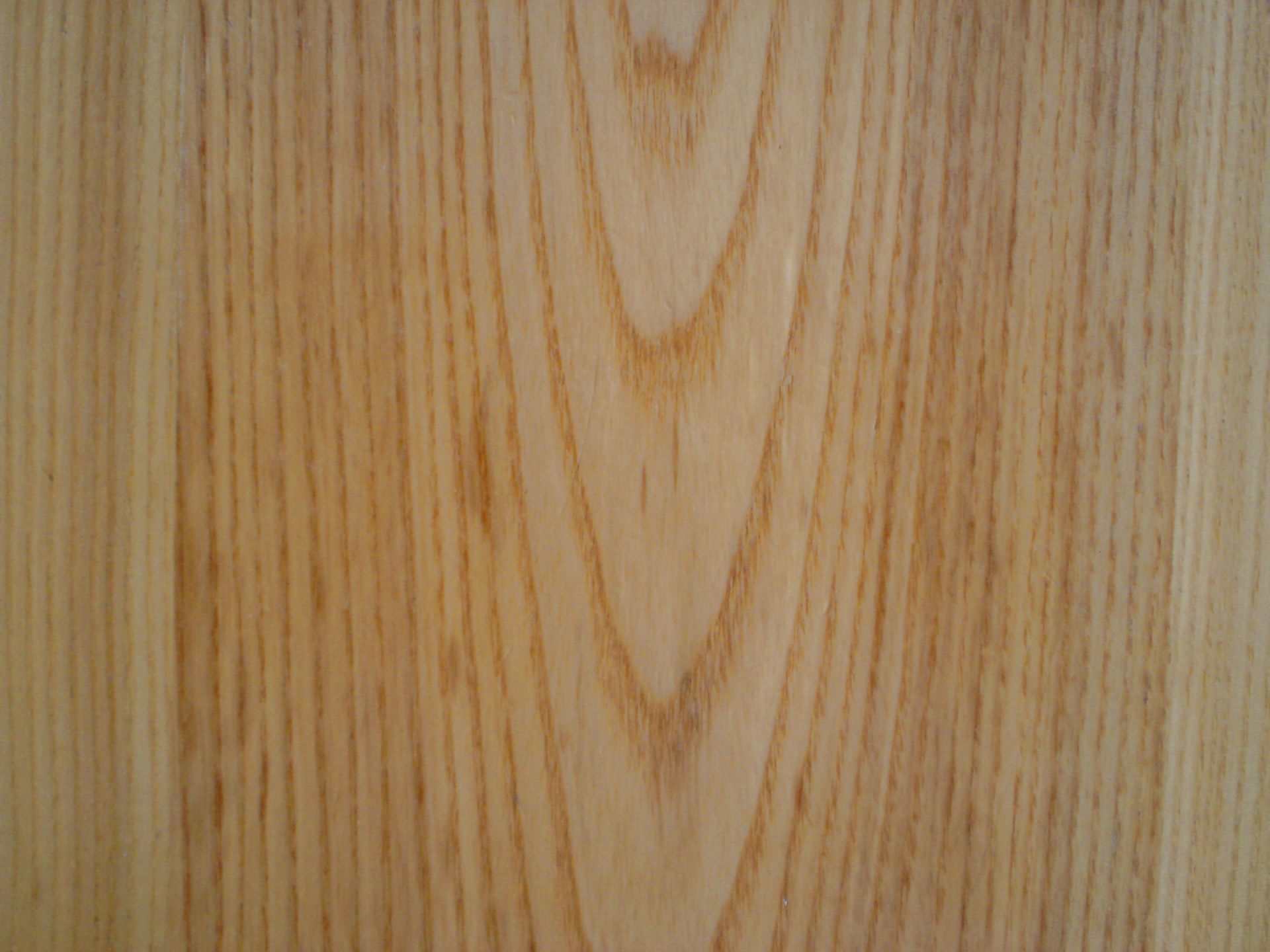


Depending on the variety and quality of the wood available, pine can be used for anything and everything, from full construction projects to windows and doors, paneling, and even furniture! In woodworking and carpentry, it is used both for rough as well as finish carpentry.
Cedar
“True cedars" are not native to America and are found in Africa and the Middle East. Coniferous trees in North America that are closely related to true cedars are also considered as cedars. Among these, western red cedar is the cheapest and most commonly available in home centers as well as lumber yards.
The western red is a proper softwood, with a reddish shade.
It has a very distinct scent or aroma and is very often used to build chests, closets, and cabinets.
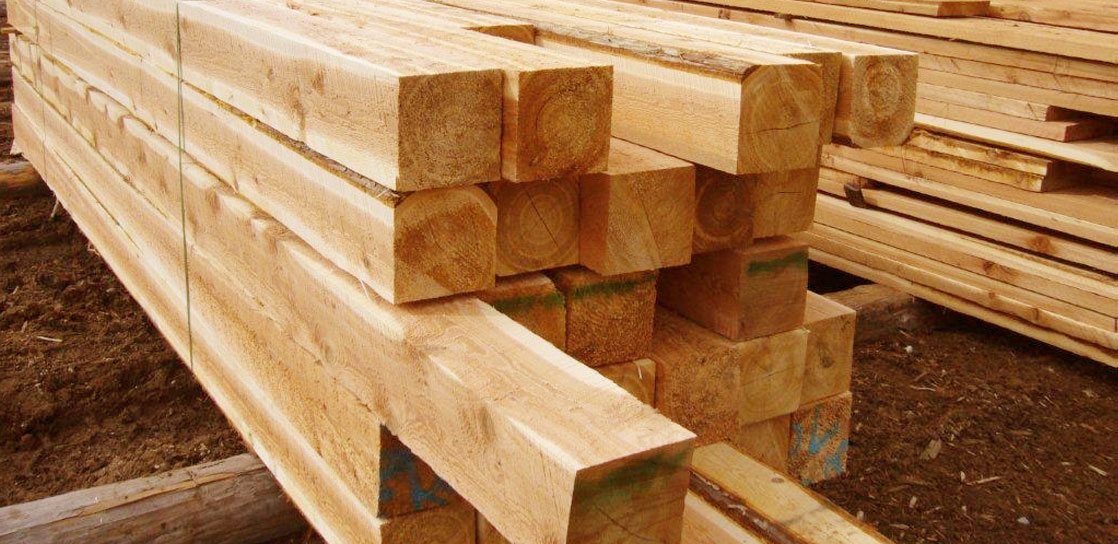


But owing to its excellent resistance to weather, rot, and insects, it is also a great option for outdoor furniture and patio decks. The wood has a fine grain and is very easy to work on. It glues extremely well and doesn't need much in the way of treatment against termites and other pests. The aromatic eastern cedar, a less common variety, has a much stronger scent and insect repellent properties.
Fir
Another very commonly available softwood, the Douglas fir is a great option when you want to do woodworking projects that involve painted surfaces. Since it doesn't stain very well, the best solution is to apply a coat of paint. Due to its more denser properties, fir is more commonly used in building and construction.
But due to its plentiful supply and affordable pricing, it is a great option for woodworking beginners to gain some early-on experience with home DIY projects.
It has excellent resistance to rot but is not too safe from insects. So it can be used for outdoor projects as well.
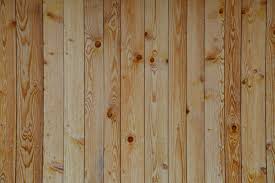


It is rather hard for a typical softwood and has a strong aroma. Some individuals have been known to have allergies when working on Douglas fir wood, so keep that in mind when planning to use this for the first time.
Maple
The first hardwood mentioned on this guide, maple is one of the most popular types of wood for making furniture. It is a moderately hard wood, with decent durability. There is also a softer variety commonly available in lumber yards, which is easier to work with.
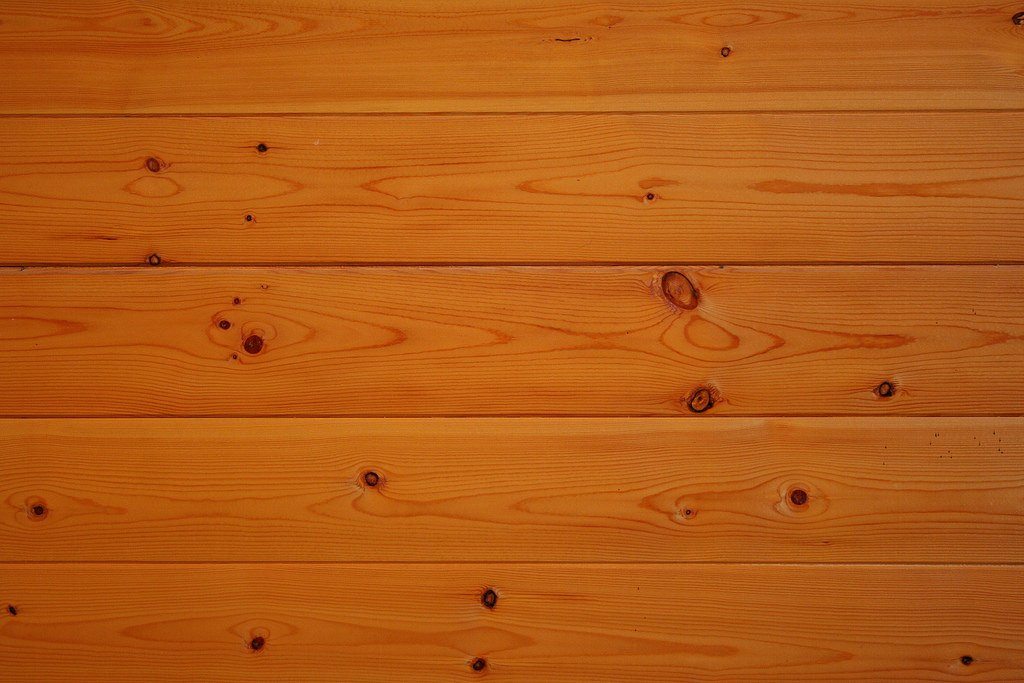


Both kinds have a beautiful straight grain and are commonly available in lighter shades.
Darker shades are also available, and the wood can be stained with generally excellent results. With proper technique, you can even give it impressive and dark finishes.
If you are a beginner, working with hard Maple can be a trying experience, so you may want to start with the softer version at first. Maple is ideal for all kinds of furniture, including larger bedroom furniture. They also make for good cabinets, tables, and chests, as well as in flooring and on veneers.
Poplar
This is not a block of wood that you would use for its decorative qualities. Poplar is more of a utilitarian hardwood, one that can be used in furniture surfaces that do not show on the exterior, like drawer boxes. The wood does not stain at all well, and if being used on exposed surfaces, should ideally be painted over.
It is also one of the softer and less expensive hardwoods, which is why it figures on our list of different types of wood for furniture projects at home.
You can easily find cheap options of this wood in the US, especially in its native East Coast.
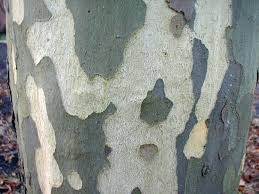


This wood is not very durable when exposed to the elements, and is vulnerable to insect attacks. This makes it more suitable for indoor furniture projects.
Birch
Another cheaper species of hardwood, birch is available in two varieties with varying color properties (yellow and white). The wood is capable of showing dramatic patterns, which can work wonders with proper staining. It is quite easy to stain and can deliver a smooth finish on planing.



But owing to the dense nature of the wood, you may have to use power tools like this Makita hand planer instead of hand tools when working with this wood.
But as a cheap wood, birch does not rank very highly on the durability scale.
It is not resistant to rot and is very vulnerable to insects. This makes it a viable option for indoor furniture and paneling at best.
Oak
A perennial favorite for making furniture as well as paneling and flooring, oak has a beautiful texture. Though red oak is more commonly available in home centers, white oak is what you need if you want to make some outstanding looking pieces of furniture.
It is resistant to moisture and can be used in outdoor projects as well. The wood is hard and heavy, and not very easy to work with for amateurs.
But it responds to most tools with stability, and can easily be nailed or fixed with screws. And staining and surface finishing is also not a major problem.
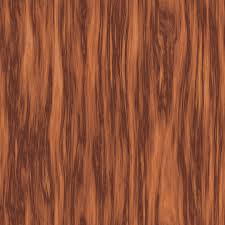


The price though can be a bit of an issue, though it is not as high as some of the more expensive exotic options like teak or mahogany. But owing to its density and toughness, you may want to gain some experience before starting on woods like oak.
Conclusion
This is just a basic introductory guide to some of the common beginner-friendly wood species out there. As there are numerous options available in home centers and lumberyards, this should by no means be considered as a comprehensive guide.
Still, we hope this guide does provide you with usable information. If you have any comments or suggestions, do let us know in the section below. Also, don't forget to check out your local lumber yards for best quality options for your project.
